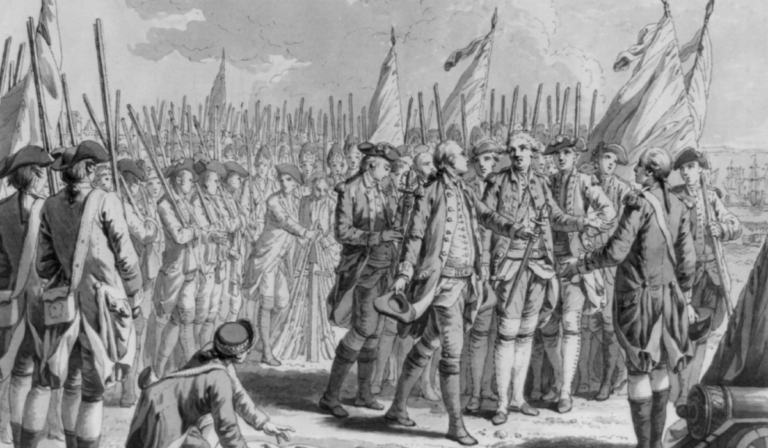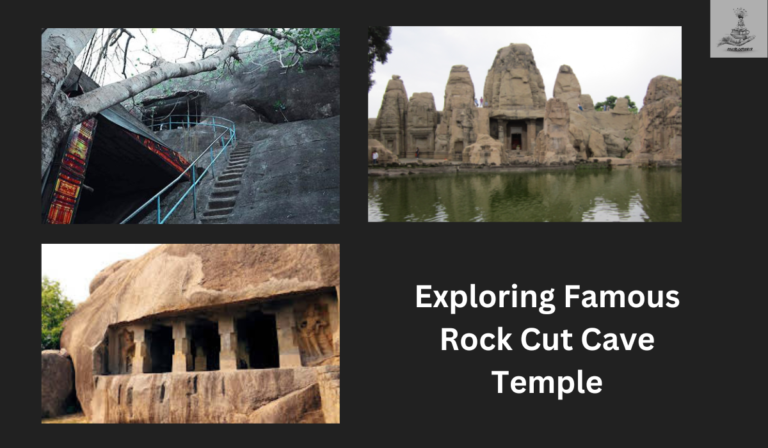India: A Subcontinent of Wonders
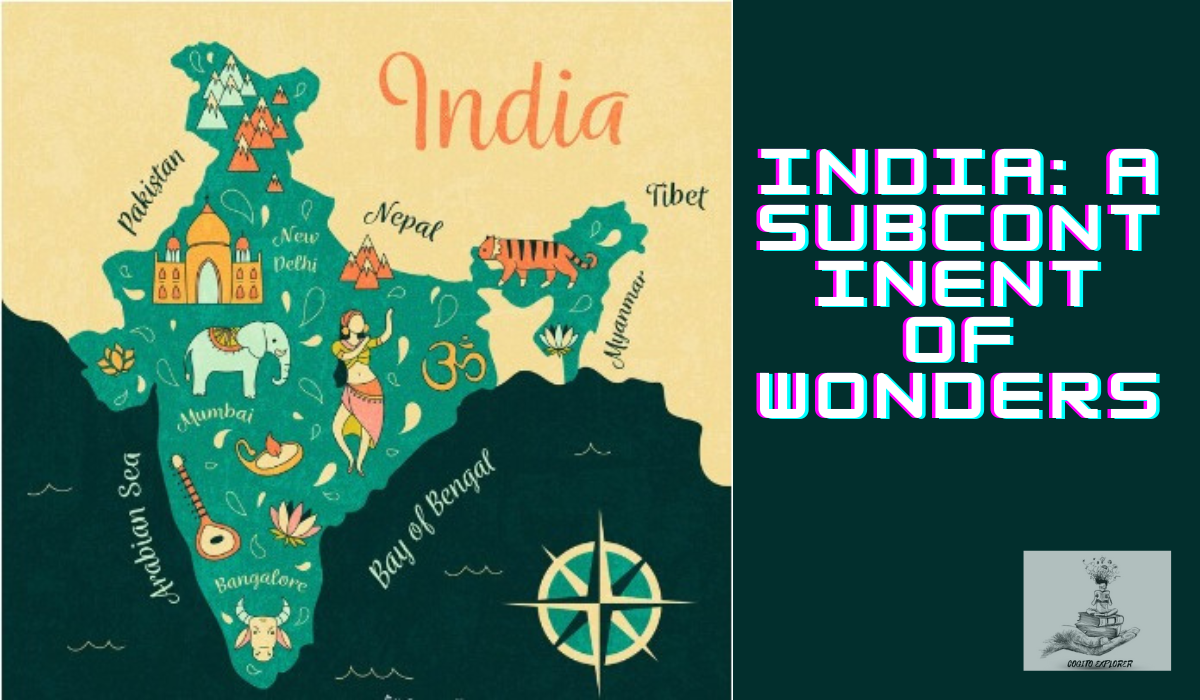
From the snow-capped peaks of the Himalayas to the tropical shores of the Indian Ocean (the Arabian Sea to the West and the Bay of Bengal to the East). The tapestry of Indian culture is an intricate mosaic of traditions, festivals, arts, crafts, and more. This article endeavors to embark on an immersive journey, delving deeper into the kaleidoscope of Indian culture, celebrating its unique facets, and exploring the multifaceted elements that make it an enduring phenomenon.
Cultural Festivals: A Riot of Colors and Joy
Indian festivals are a testament to the country’s exuberance and cultural richness. The joyous celebrations of Diwali, the festival of lights, paint the country in a myriad of colors, while Holi, the festival of colors, turns the streets into a vibrant canvas. Navaratri, Pongal, Shivratri, Holi, and countless others are celebrated with fervor, each offering a unique cultural experience and an opportunity for people to come together in celebration. We shall delve more into each one of them separately in future discussions.
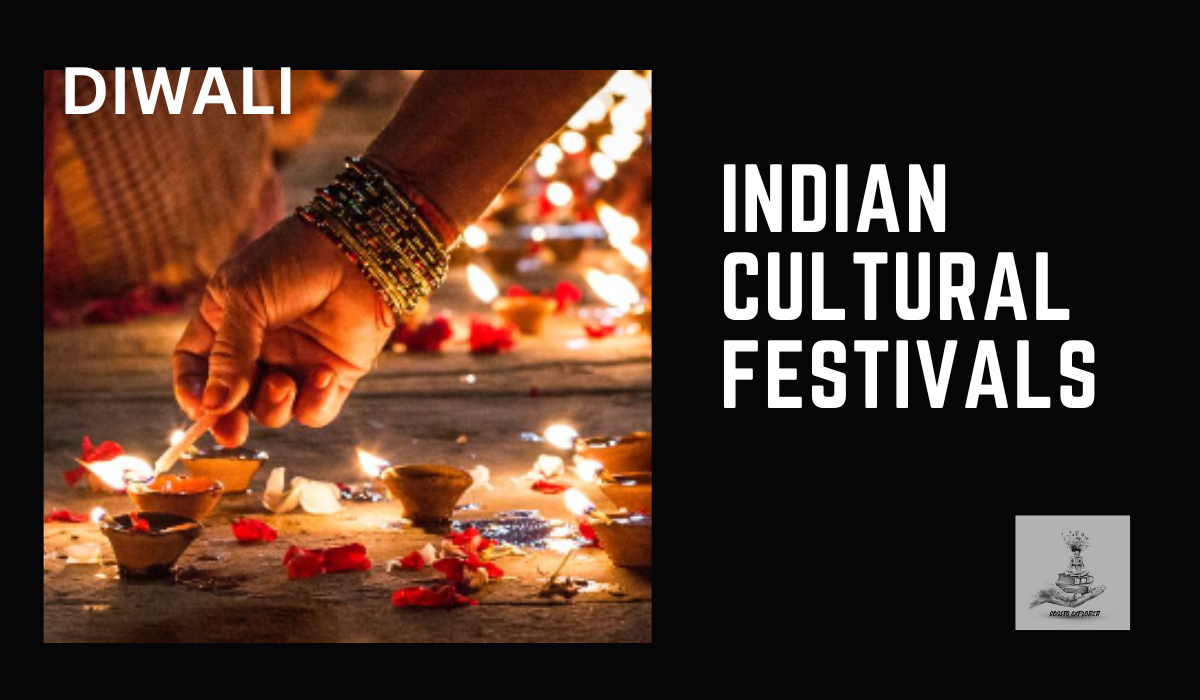
Example: Diwali, also known as the Festival of Lights, is a significant cultural celebration in India. Families brighten their homes with oil lamps, set off fireworks, and share sweet treats. The festival signifies the victory of light over darkness and good over evil.
Music: A Symphony of Traditions
Indian music is a melodic journey that spans classical, folk, and contemporary genres. Classical music, with its two major traditions – Hindustani and Carnatic, has been passed down through generations. Bollywood, India’s prolific film industry, has given rise to a unique fusion of traditional and modern music that captivates audiences globally. Instruments like the sitar, tabla, and veena contribute to the enchanting soundscape of Indian music.
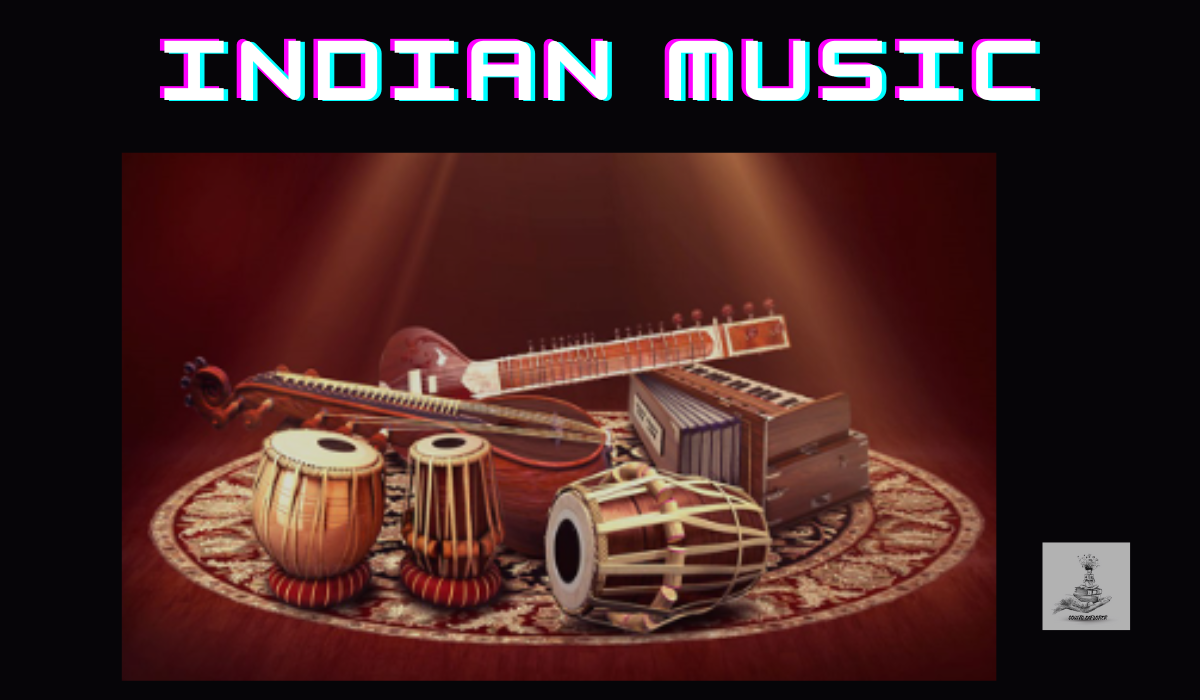
Example: Hindustani classical music, with its intricate raag and taal, showcases the depth of Indian musical traditions. Bollywood music, on the other hand, combines classical elements with modern rhythms, creating a fusion that resonates globally. Instruments like the sitar and tabla are integral to these musical traditions.
Architecture: Timeless Marvels
India is home to architectural marvels that reflect the grandeur of its history. Indian Ancient temples like Khajuraho and Hampi boast intricate carvings that narrate tales of devotion and artistry. The forts and palaces of Rajasthan showcase the regal splendor of bygone eras, contributing to India’s architectural legacy. Presently The Ram Mandir Ayodhya is being resurrected as a symbol of eternal love in Ayodhya.
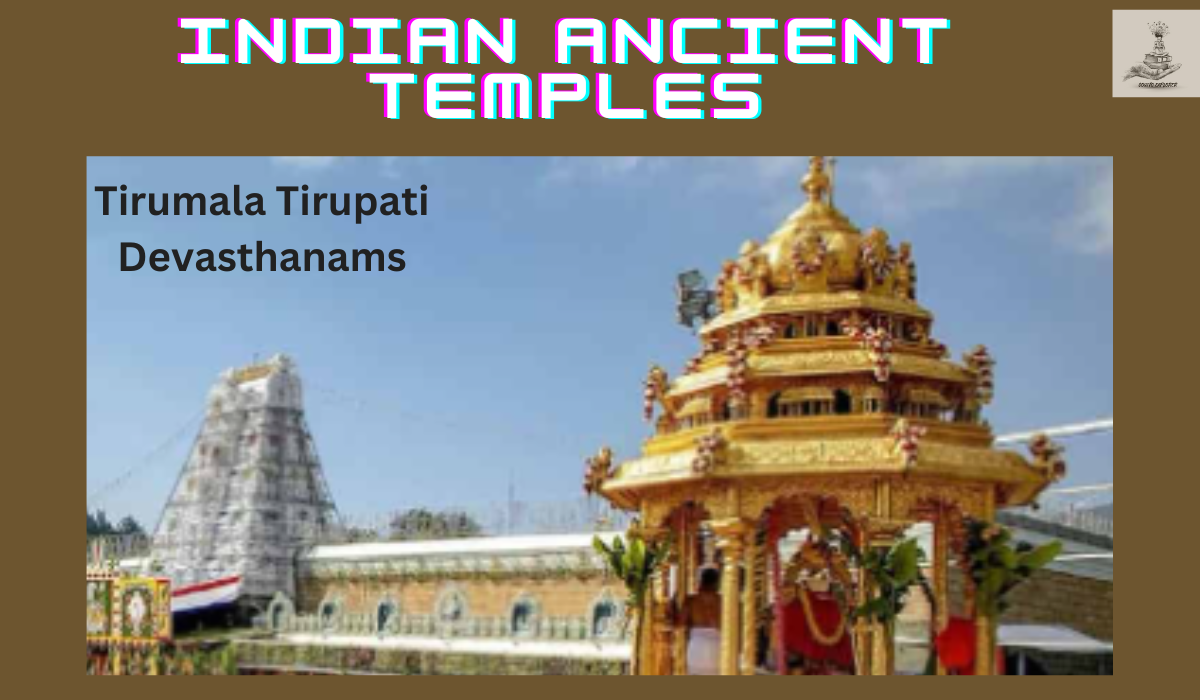
Example: A temple dedicated to Lord Venkateswara in Tirumala (Tirupati Balaji) dates back over a thousand years and is believed to have been constructed in the 9th century. In 1933, the Tirumala Tirupati Devasthanams (TTD) was formed to manage and administer the affairs of the temple since it is one of the richest temples in the world. The annual collection from the devotees of the temple (Hundi) has surpassed 1600 crore (more than 200 million dollars) in the previous year.
Indian Theatre: Traditions on Stage
Indian theatre is a rich and diverse cultural expression that has evolved over centuries, reflecting the country’s multifaceted traditions and storytelling techniques. Rooted in ancient texts like Natyashastra, it encompasses forms such as Sanskruti theatre, Yakshagana, Kathakali, Bhavai, Ramlila, Jatra, and Tamasha. Each form has its unique elements, including the use of Rasa and Bhava, hand gestures (mudras), colorful costumes, live music, and vibrant storytelling.
They often depict mythological stories, historical events, or social issues, contributing to the cultural identity of different regions in India. Presently the traditional Indian theatre continues to thrive, with practitioners preserving and innovating upon these age-old forms. These performances contribute to the cultural identity of regions across India, showcasing the diversity and richness of the country’s theatrical traditions.
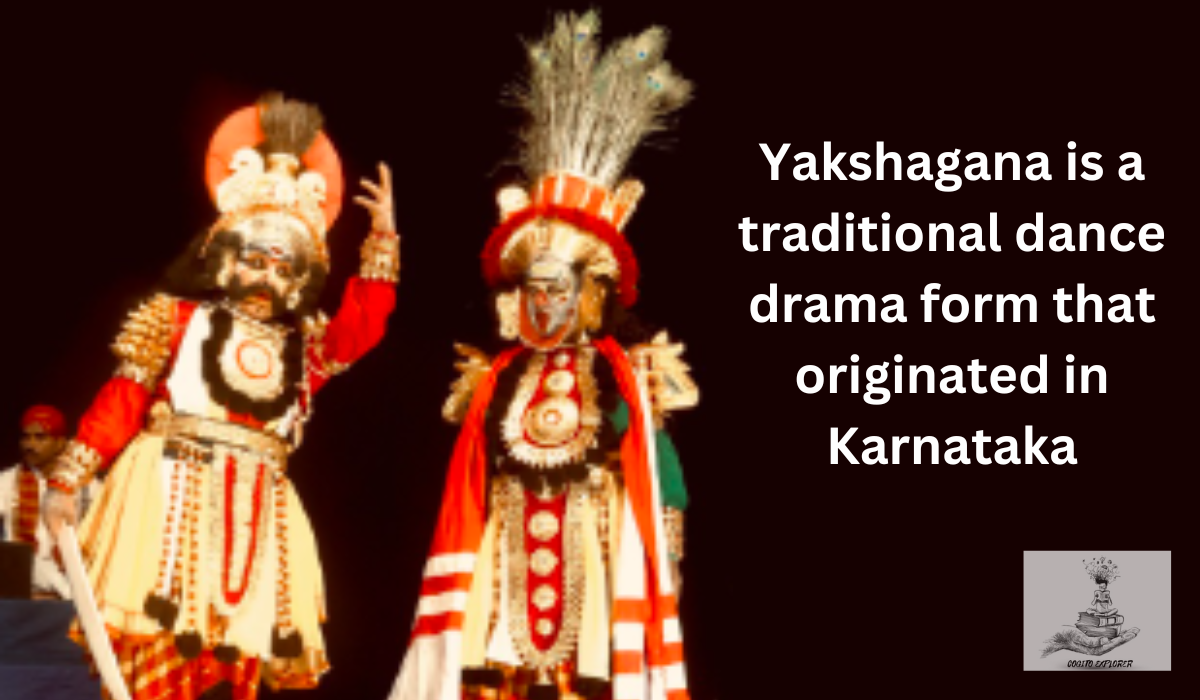
Example: Yakshagana is a traditional dance drama form that originated in Karnataka. It combines music, dance, dialogue, and vibrant costumes to depict mythological and historical stories. “Mahishasura Mardini” is a popular Yakshagana performance portraying the slaying of the demon Mahishasura by Goddess Durga.
Cinema: Bollywood and Beyond
Indian cinema, particularly Bollywood, holds a special place in the hearts of millions. The film industry produces a staggering number of movies each year, featuring colorful dance sequences, melodious songs, and captivating storylines. Beyond Bollywood, regional cinema in languages like Tamil, Telugu, Marathi, Bengali, etc. adds diversity to the cinematic landscape, reflecting regional cultures and narratives.

Example: Bollywood blockbuster films like “Dilwale Dulhania Le Jayenge” have gained international acclaim. Beyond Bollywood, critically acclaimed movies like Satyajit Ray’s “Pather Panchali” from Bengal showcase the diversity and depth of Indian cinema. Recently movies from the southern film industries (regional) like Bahubali, RRR, Pushpa, etc. have gotten worldwide recognition.
Paintings: Brushstrokes Through Time
Spanning thousands of years, Indian painting has a rich and diverse history that reflects the country’s cultural, religious, and artistic diversity. Its roots can be traced back to ancient times, with examples found in the Ajanta and Ellora caves dating from the 2nd century BCE to the 5th century CE.
Indian painting has a rich and diverse history that spans millennia, showcasing cultural, religious, and artistic evolution. Contemporary Indian art explores a broad spectrum of themes, mediums, and global influences. From ancient frescoes to the vibrant expressions of modern and contemporary artists, Indian painting continues to captivate audiences worldwide with its depth and diversity.

Example: Warli Paintings of Maharashtra have gained international recognition due to their unique. Distinctive style characterized by simple geometric shapes, predominantly circles, and triangles, to create intricate patterns. The paintings are typically monochromatic, using a white pigment made from rice paste or other natural materials on a dark background.
Literature: Tales of Diversity and Wisdom
Indian literature is a treasure trove of diverse stories, philosophies, and poetic expressions. The philosophical epochs of Indian thoughts revolve around the writings of The Vedas. Additionally from the ancient epics of Mahabharata and Ramayana to the literary works of Rabindranath Tagore, Salman Rushdie, etc. Indian literature spans a wide spectrum. Each region contributes to the literary richness with its own set of languages and narratives, fostering a deep connection with cultural roots.
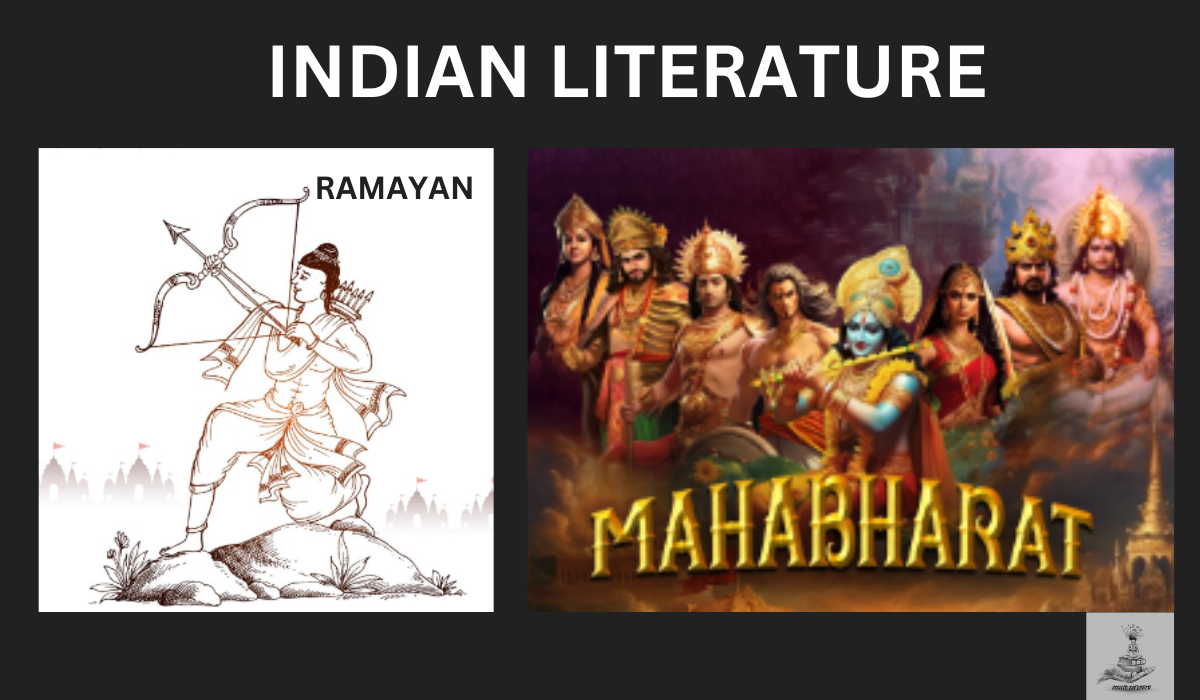
Example: Rabindranath Tagore’s “Gitanjali” is a collection of poems that earned him the Nobel Prize in Literature. This work reflects deep philosophical thoughts and an exploration of the human connection with the divine.
Science and Mathematics: Ancient Contributions
India’s contributions to the fields of science and mathematics are profound and often underestimated. The concept of zero, the decimal system, and the formulation of algebraic principles find their origins in ancient Indian texts. Scholars like Aryabhata and Brahmagupta laid the foundation for mathematical and astronomical knowledge that continues to influence global academia.
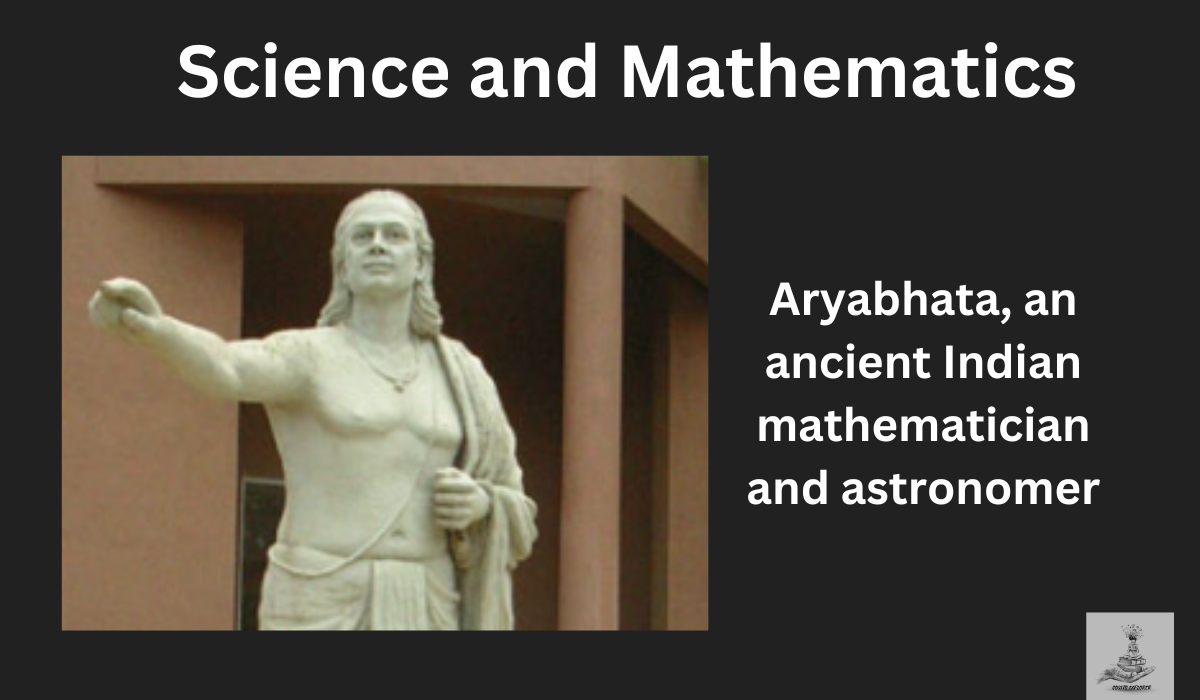
Example: Aryabhata, an ancient Indian mathematician and astronomer, formulated the concept of zero and made significant contributions to trigonometry. The Pythagoras theorem is also traditionally attributed to Brahmagupta more such examples will be discussed with detailed references soon.
Social Customs and Traditions: A Tapestry of Etiquette
The social fabric of India is intricately woven with customs and traditions that vary across communities. The diverse wedding rituals, the significance of festivals in different regions, and the art of hospitality are integral to Indian social life. Respect for elders, reverence for traditions, and a sense of community underscore the values that shape Indian society.
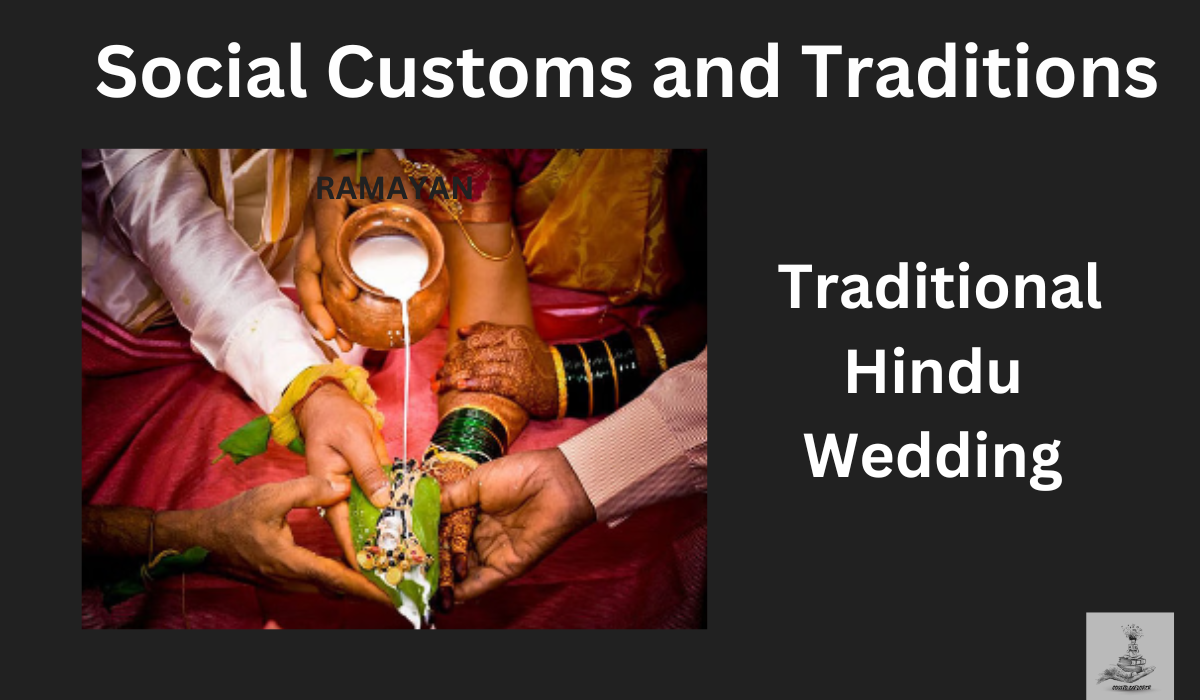
Example: The diverse wedding customs across India exemplify the richness of social traditions. For instance, a Traditional Hindu wedding includes rituals like Mehendi (henna application), Saptapadi (seven vows), and Sindoor Daan (application of vermilion).
Wildlife and Nature: Biodiversity Extravaganza
India’s natural diversity is as awe-inspiring as its cultural diversity. From the Royal Bengal Tigers of the Sundarbans to the majestic elephants of Kerala. The country is a haven for wildlife enthusiasts. National parks like Ranthambore and Jim Corbett offer glimpses into the rich biodiversity of the subcontinent, highlighting the need for conservation efforts.

Example: The Sundarbans, a mangrove forest in West Bengal, is home to the Royal Bengal Tiger. Conservation efforts in places like Ranthambore National Park have played a crucial role in preserving India’s diverse wildlife, including tigers, leopards, and various species of deer.
Yoga and Meditation: The Path to Inner Harmony
India is the birthplace of yoga and meditation, practices that have gained global recognition for their physical and mental health benefits. The ancient wisdom embedded in practices like Ashtanga, Hatha, and Vipassana attracts seekers from around the world to experience inner peace and spiritual enlightenment.
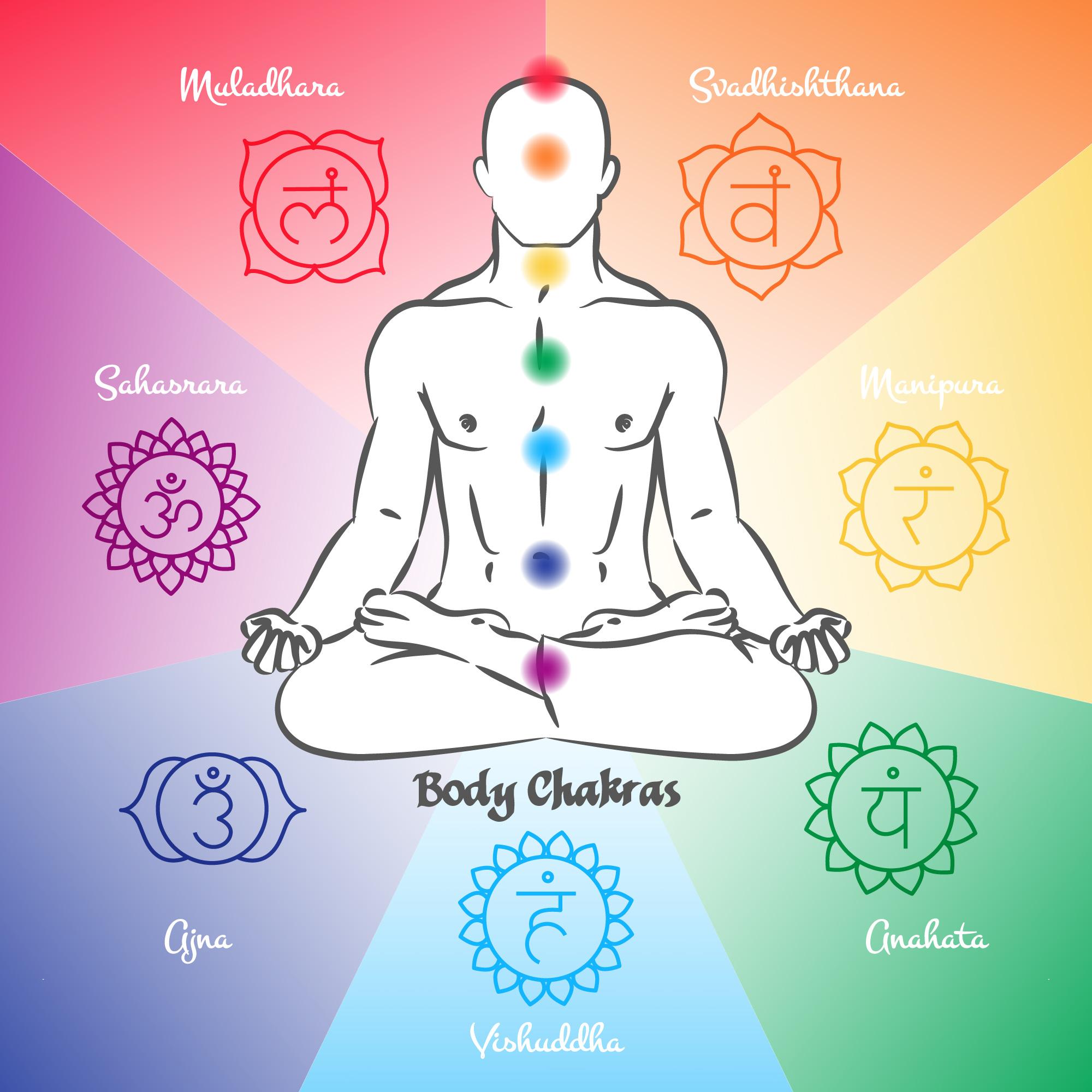
Example: The ancient sage Patanjali’s “Yoga Sutras” is a foundational text that outlines the principles of yoga, emphasizing the union of mind, body, and spirit. Yoga retreats in places like Rishikesh attract practitioners from around the world seeking spiritual and physical well-being.
Traditional Healing: Ayurveda and Naturopathy
Ayurveda, the traditional system of medicine, has been practiced in India for thousands of years. It emphasizes a holistic approach to health, combining herbal remedies, dietary guidelines, and lifestyle practices. Naturopathy, another ancient healing system, focuses on natural remedies and encourages the body’s inherent ability to heal itself.
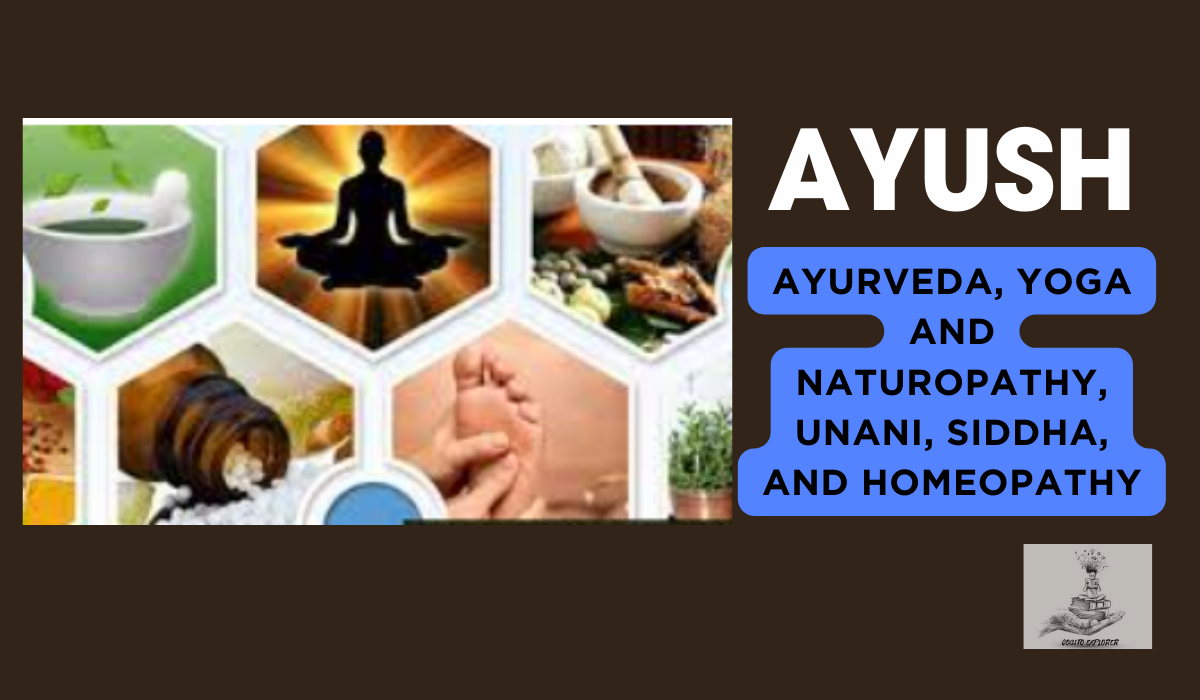
Example: The Indian systems of medicine AYUSH (Ayurveda, Yoga and Naturopathy, Unani, Siddha, and Homeopathy) that are prevalent and practiced in India and some of the neighboring countries.
Ayurvedic treatments often involve herbal remedies, dietary modifications, and lifestyle practices. Ayurveda emphasizes the balance of three doshas – Vata, Pitta, and Kapha – for holistic well-being.
Naturopathy resorts, like those in Kerala, offer natural healing therapies using elements like mud, water, and herbal extracts. A more detailed study will be published in the upcoming articles.
Folk Dances: Celebrating Regional Expressions
Every region in India boasts its own unique folk dance forms, each telling a story of its cultural heritage. From the energetic Bhangra of Punjab to the graceful Odissi from Odisha, folk dances play a crucial role in preserving and showcasing the diverse cultural traditions across the country.

Example: Bhangra, a lively and energetic dance form originating from Punjab, is often performed during festivals and celebrations. It involves vigorous movements and is accompanied by the beats of traditional instruments like the dhol. There are numerous traditional dance forms in India. We will try to enumerate and discuss as many shortly.
Handicrafts: Artisanal Mastery
India’s handicrafts showcase unparalleled artisanal skills passed down through generations.
The traditional Ivory crafting and terracotta crafting techniques are still practiced. Intricate handwoven textiles, exquisite jewelry, and finely crafted pottery are just a few examples of the diverse handicrafts that contribute to India’s cultural richness. Each region specializes in unique crafts. Creating a vibrant tapestry of artistic expression.
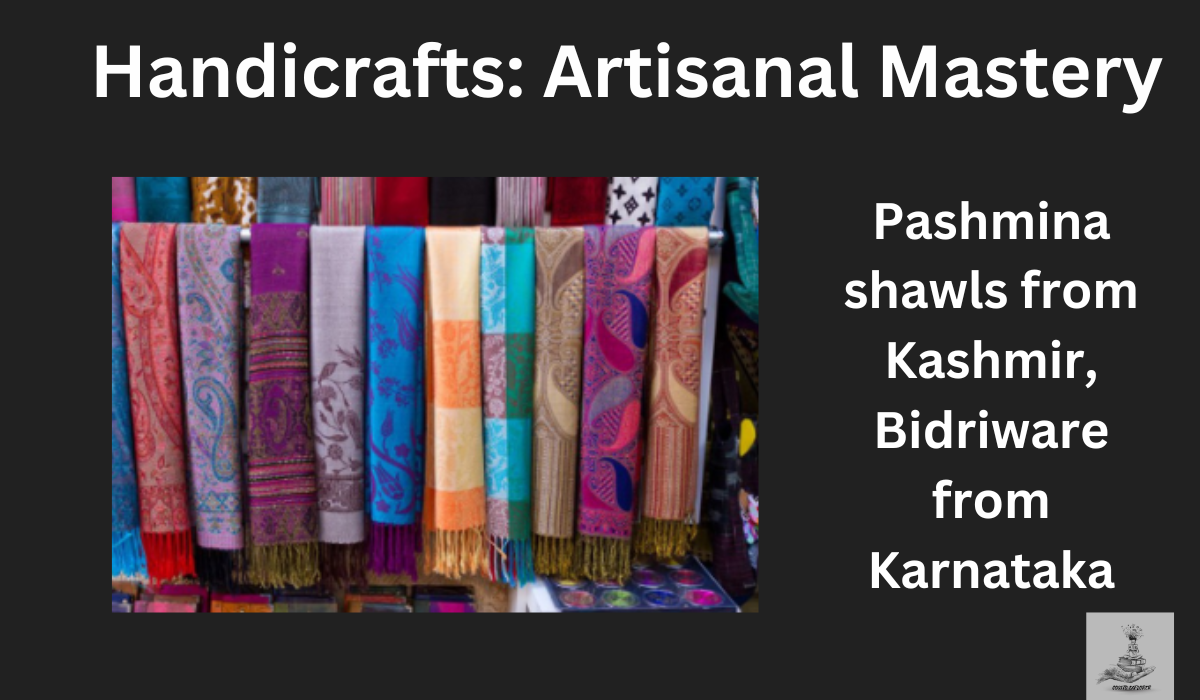
Example: The intricate Pashmina shawls from Kashmir, Bidriware from Karnataka, Madhubani paintings from Bihar, etc. Some of India’s diverse handicrafts. Each region specializes in unique crafts, showcasing the skill and creativity of local artisans.
Languages: Towering Linguistic Diversity
India is a linguistic kaleidoscope with over 120 major languages and more than 2,000 distinct dialects. Hindi and English are the official languages, but each state has its own language, contributing to the linguistic diversity. The script, pronunciation, and vocabulary vary widely, reflecting the deep-rooted linguistic heritage of the country.
Example: India’s linguistic diversity is evident in the coexistence of languages like Hindi, Bengali, Tamil, and Marathi. Each language has its script, vocabulary, and nuances, contributing to the rich linguistic tapestry of the country. The history and evolution of the languages of the subcontinent is in itself a vast concept and will be discussed in detail in a separate article.
Conclusion
In concluding this extensive exploration of India’s cultural panorama, it becomes evident that the country’s heritage is a living and breathing entity, continually evolving while staying anchored in its roots. The tapestry of Indian culture is a dynamic canvas painted with strokes of tradition, diversity, and resilience. From the regal architecture that echoes tales of the past to the pulsating beats of Bollywood that resonate globally, India’s cultural landscape is a celebration of life in all its hues. It is an invitation to explore, embrace, and appreciate the depth of a heritage that transcends boundaries and stands as a testament to the enduring spirit of a nation.
Frequently Asked Question
1. What is Indian culture?
Indian culture is a diverse blend of customs, traditions, art, philosophy, and spirituality that has evolved over thousands of years across the Indian subcontinent.
2. Is Indian culture decaying?
Opinions vary, but some argue that certain aspects are changing due to globalization, urbanization, and social shifts, while others maintain that the core values persist.
3. Is Indian culture dying?
No, Indian culture is not dying. It continues to evolve while retaining its fundamental aspects, adapting to contemporary influences.
4. What makes Indian society unique in sustaining its culture?
Strong family ties, religious diversity, festivals, and a deep-rooted sense of identity contribute to Indian society’s ability to sustain its cultural heritage.
5. How old is Indian culture?
Indian culture dates back several thousand years, with roots in the ancient civilizations of the Indus Valley and the Vedic period, making it one of the world’s oldest cultures.
6. Who has written the unity of Indian culture?
“The Unity of Indian Culture” is a book written by S. Radhakrishnan, who was India’s first Vice President and second President.





